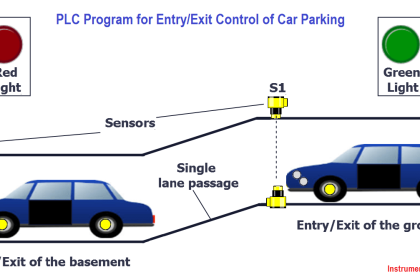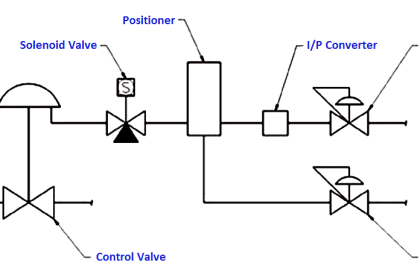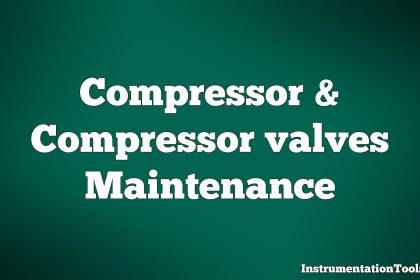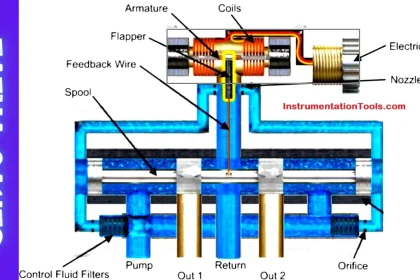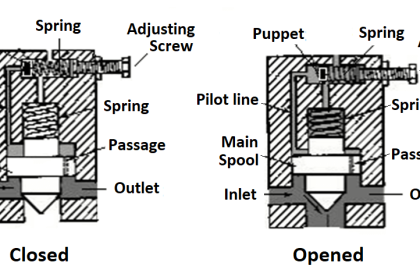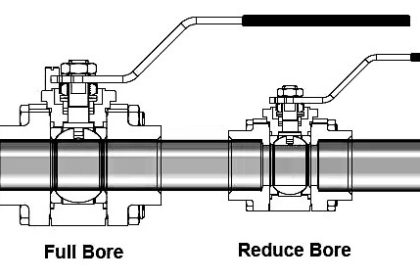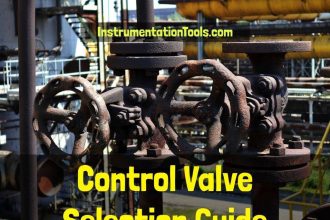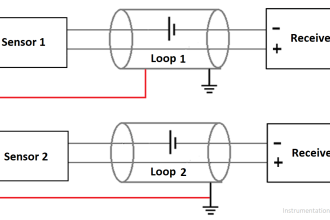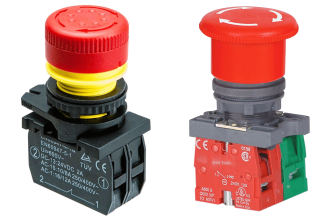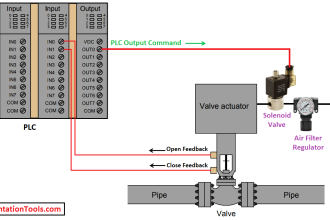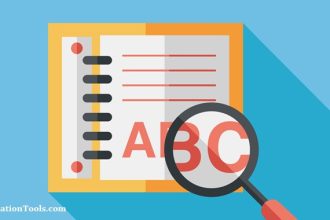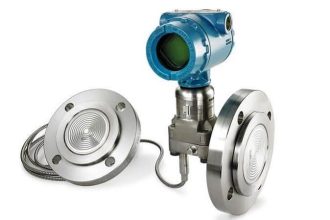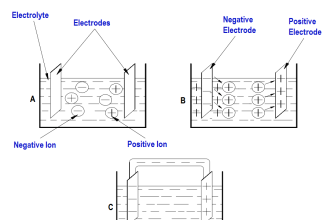Flashing is the first stage of cavitation. However, it is possible for flashing to occur by itself without cavitation occurring.
Flashing occurs in liquid flows when some of the liquid changes permanently into vapour. This is brought on by a reduction in pressure forcing the liquid to change to gaseous state.
The reduction in pressure is caused by the restriction in the flowstream generating a higher flow rate through the restriction and therefore a reduction in pressure.
The two main problems cause with flashing are:
- Erosion
- Reduced capacity
Control Valve Cavitation and Flashing
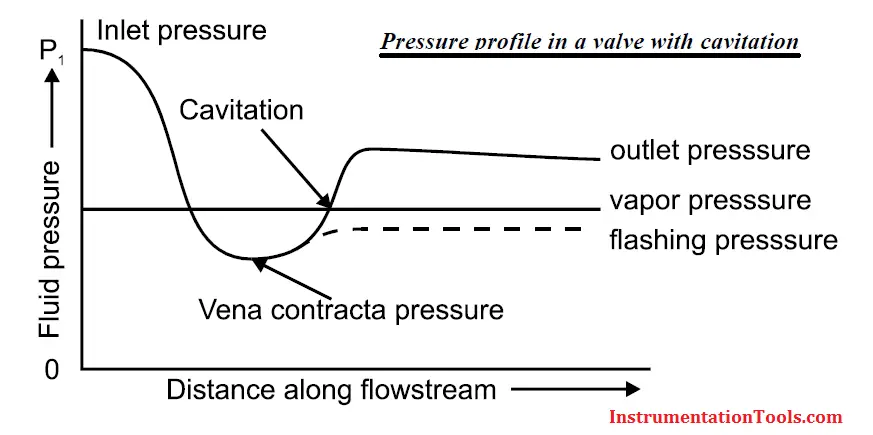 A photograph showing a badly eroded valve plug (from a cage-guided global valve) reveals just how destructive flashing can be:
A photograph showing a badly eroded valve plug (from a cage-guided global valve) reveals just how destructive flashing can be:
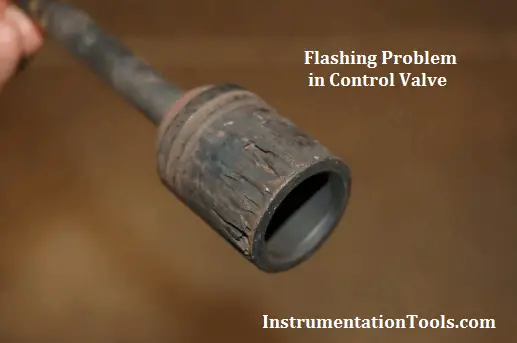
A characteristic effect of flashing in a control valve is a “hissing” sound, reminiscent of what sand might sound like if it were flowing through the valve.
Erosion
When flashing occurs, the flow from the outlet of the valve is composed of liquid and vapour. With increased flashing, the vapour carries the liquid. As the velocity of the flowstream is increased, the liquid acts like solid particles as it strikes the internal parts of the valve.
The velocity of the outlet flow can be reduced by increasing the size of the valve outlet which would reduce the damage. Options of using hardened materials are another solution.
Angle valves are suitable for the application as the flashing occurs further downstream away from the trim and valve assembly.

Another cause of erosion in control valves is wet steam, where steam contains droplets of liquid water propelled at high velocity by the steam flow.
A dramatic example of wet steam damage appears in this next photograph, where the cage from a Fisher valve has been literally cut in half from the flow.
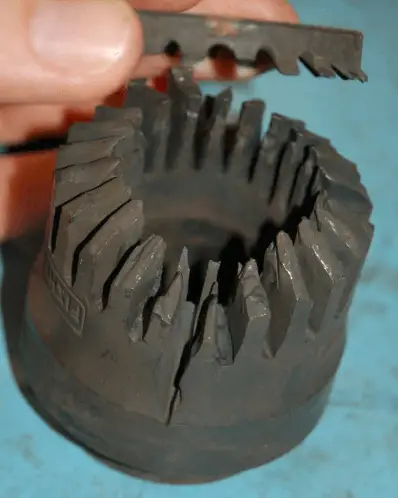
Reduced Capacity

Reduced Capacity
When the flowstream partly changes to a vapour as in the case of flashing, the space that it occupies is increased. Because of the reduced available area, the capacity for the valve to handle larger flows is limited.
Chocked flow is the term used when the flow capacity is limited in this way.
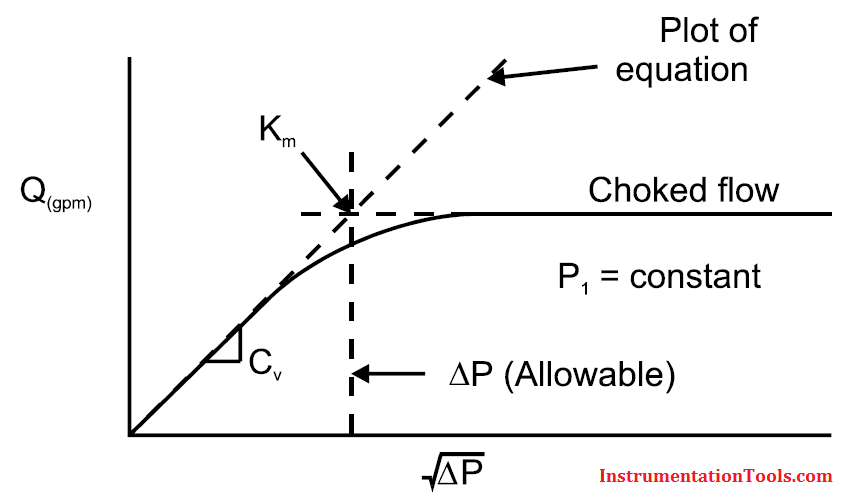
Cavitation

Cavitation
Cavitation is the same as flashing except that the pressure is recovered in the outlet flowstream such that the vapour is returned to a liquid. The critical pressure is the vapour pressure of the fluid.
Flashing occurs just downstream of the valve trim when the pressure drops below the vapour pressure, and then the bubbles collapse when the pressure recovers above the vapour pressure. When the bubbles collapse., they send severe shock waves into the flow stream.
The main concern with cavitation, is the damage to the trim and body of the valve. This is primarily caused by the collapsing of the bubbles.
Depending on the extent of the cavitation developed, its effects can range from a mild hissing sound with little or no equipment damage to a highly noisy installation causing severe physical damage to the valve and downstream piping.
Severe cavitation is noisy and can sound as if gravel were flowing through the valve. The noise produced is not a major concern from a personal safety point of view, as it is usually low in frequency and intensity and as such does not pose a problem to personnel.
Photographs of a fluted valve plug and its matching seat are shown here as evidence of flashing and cavitation damage, respectively:
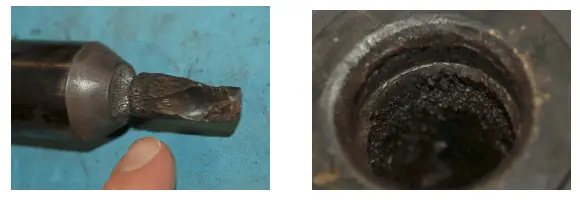
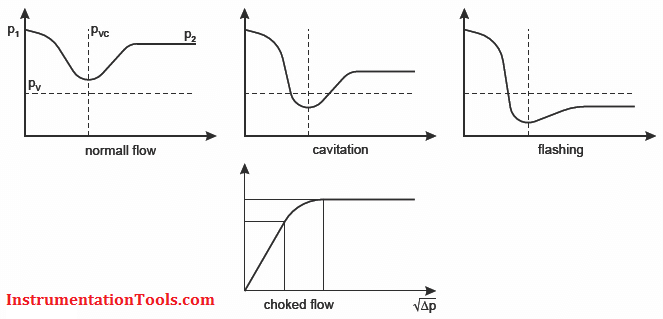
Also Read: Control Valve Basics


